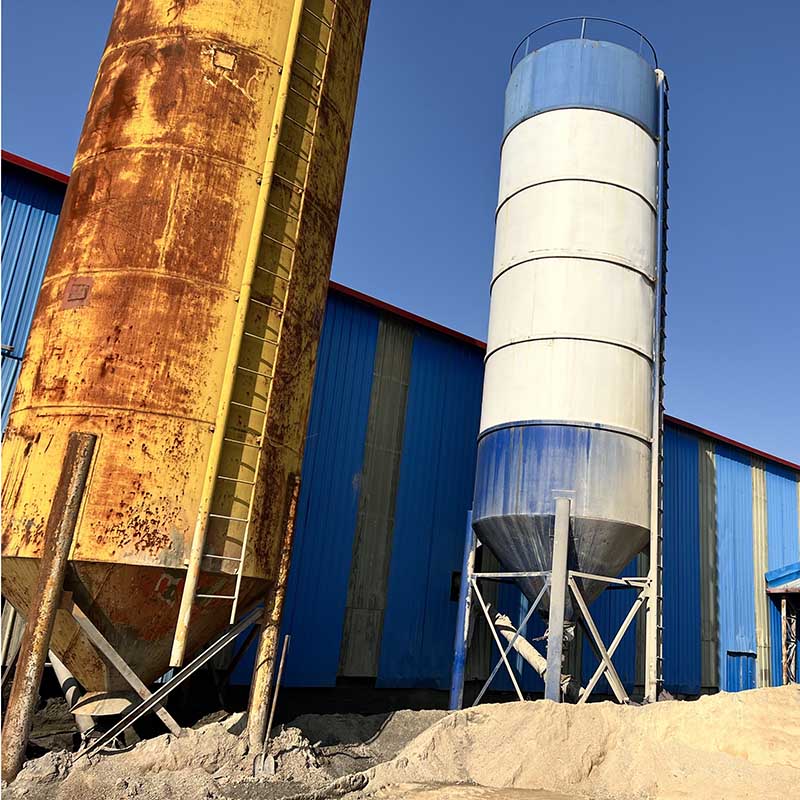
Image source:Aiwei block machine
In the realm of construction and architecture, customization and design flexibility have become paramount. As structures become more than just functional spaces, they are also statements of creativity and identity. In this context, hydraulic concrete block machines have emerged as game-changers, offering architects, builders, and designers unparalleled opportunities for creative expression. This article explores how these machines are unlocking a world of creative possibilities in construction through customization and design flexibility.
Introduction
The construction industry has evolved significantly over the years. No longer confined to traditional brick and mortar structures, it now embraces innovation and creativity in design. Hydraulic concrete block machines, with their ability to produce an array of block types, sizes, and textures, have played a pivotal role in this transformation. Here’s how customization and design flexibility with these machines are reshaping the world of construction.
Versatile Block Types
Hydraulic concrete block machines are capable of producing a wide range of block types, including standard solid blocks, hollow blocks, interlocking blocks, and even specialized shapes. This versatility allows architects and designers to choose the block type that best suits their vision for a project. For example:
1. Interlocking Blocks for Modular Designs: Interlocking blocks created by these machines enable the construction of modular, Lego-like structures that offer both aesthetic appeal and structural stability.
2. Hollow Blocks for Insulation: Hollow blocks can be used for constructing walls with built-in insulation properties, reducing the need for additional materials and energy-consuming HVAC systems.
3. Textured Blocks for Aesthetics: These machines can produce textured blocks that add a visual dimension to buildings, enhancing their aesthetics.
Creative Surface Finishes
One of the key advantages of hydraulic concrete block machines is their ability to create diverse surface finishes. By using different molds and techniques, designers can achieve the following effects:
1. Rustic or Weathered Appearance: Molded finishes that mimic the appearance of weathered or aged materials can lend a rustic charm to modern buildings, creating a beautiful contrast.
2. Contemporary and Sleek: Smooth, unblemished finishes are ideal for creating clean, modern facades that exude sophistication.
3. Natural Stone and Wood Textures: The machines can replicate the textures of natural materials like stone and wood, providing the warmth of these materials without their associated costs and maintenance.
Color and Pigmentation
Hydraulic concrete block machines allow for the integration of color directly into the concrete mix. This opens up exciting possibilities for creating vibrant, colorful structures. Some noteworthy aspects include:
1. Customized Color Palettes: Designers can experiment with a broad spectrum of colors, tailoring them to project-specific themes and client preferences.
2. Blend with Surroundings: By matching the block colors with the natural environment, buildings can harmonize with their surroundings, offering a seamless integration with the landscape.
3. Color Coding and Wayfinding: In commercial and institutional settings, colored blocks can serve as wayfinding elements, making navigation within large structures more intuitive.
Geometric Complexity
Modern architecture often features complex geometric patterns that challenge conventional construction methods. Hydraulic concrete block machines provide architects and builders with the flexibility to construct intricate designs. Examples include:
1. Complex Facades: These machines can produce blocks with intricate geometric shapes, allowing for the creation of visually striking facades that stand out in urban landscapes.
2. Patterned Pavements: In urban planning, hydraulic concrete block machines are used to design patterned pavements, sidewalks, and driveways that add character to public spaces.
3. Artistic Installations: The machines have also been employed to construct artistic installations, such as sculptures and decorative walls, that showcase the fusion of art and architecture.
Energy-Efficient Designs
Customization with hydraulic concrete block machines extends beyond aesthetics; it also includes functionality. These machines enable the integration of energy-efficient features into designs:
1. Solar Block Integration: Blocks can be designed to incorporate solar panels, making buildings more sustainable by harnessing renewable energy.
2. Rainwater Harvesting: Hollow blocks can facilitate rainwater harvesting systems within the building’s structure, reducing water consumption.
3. Natural Ventilation: Block designs can include features that optimize natural ventilation, decreasing reliance on mechanical HVAC systems.
Case Studies
Let’s delve into a few real-world examples to showcase how hydraulic concrete block machines have empowered architects and designers to realize their creative visions:
1. The Edificio Espana, Madrid, Spain: This iconic building features intricate patterns and textures created using hydraulic concrete blocks. Its distinctive façade has made it a landmark in Madrid’s skyline.
2. The ArcelorMittal Orbit, London, UK: This Olympic Park sculpture, built using interlocking blocks, is not only an art piece but also a testament to the design flexibility offered by hydraulic concrete block machines.
3. The Bahrain Pavilion, Milan, Italy: This pavilion’s unique façade, inspired by traditional Islamic geometric patterns, was constructed using specially designed blocks produced by hydraulic machines.
Conclusion
Hydraulic concrete block machines have revolutionized the construction industry by providing architects, designers, and builders with an unprecedented level of customization and design flexibility. From versatile block types to creative surface finishes, color integration to complex geometric patterns, these machines are empowering the construction world to push the boundaries of creativity and sustainability. As we move toward an era of environmentally conscious and visually captivating architecture, hydraulic concrete block machines are certain to remain at the forefront of innovation in the construction industry.
